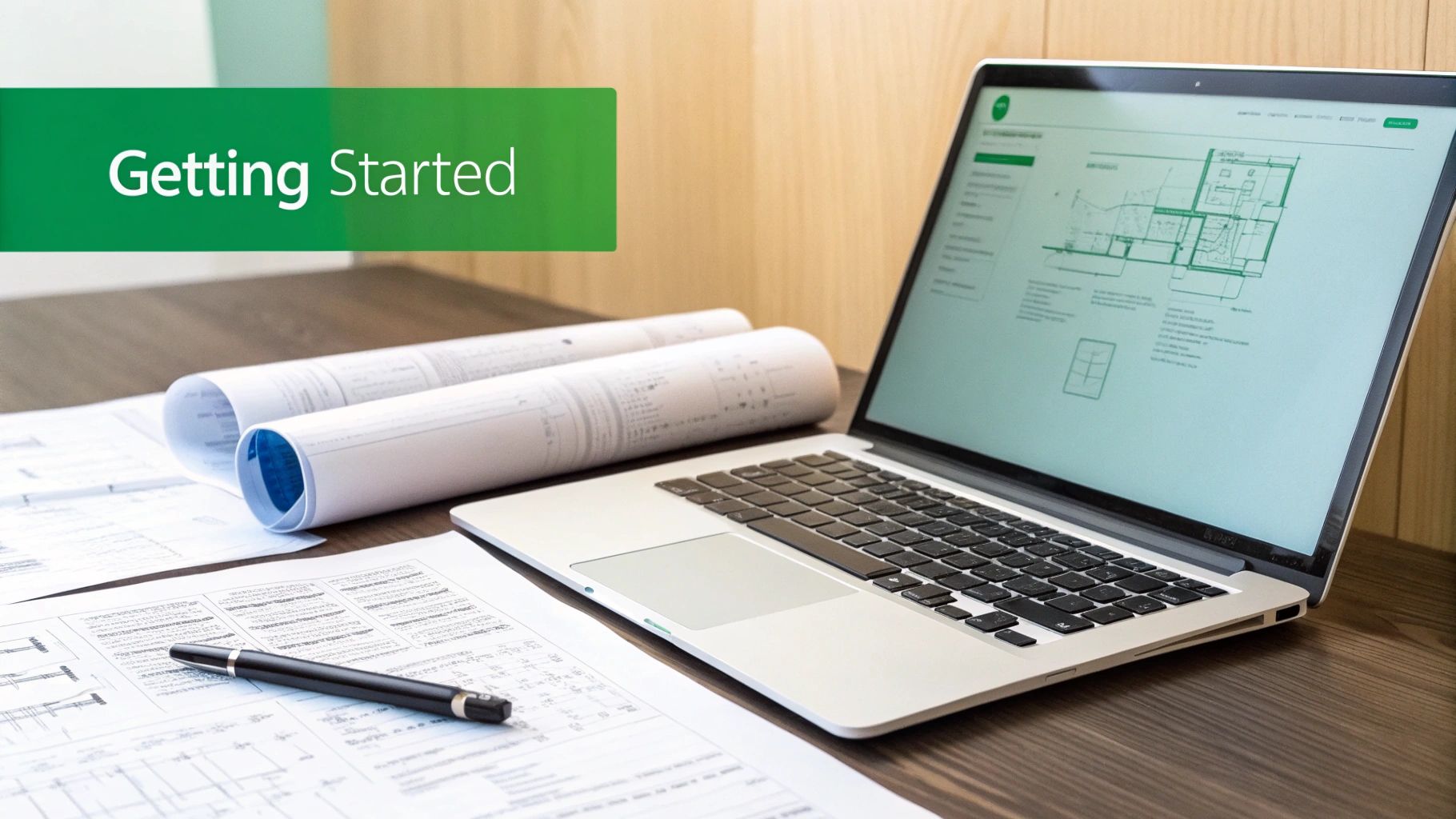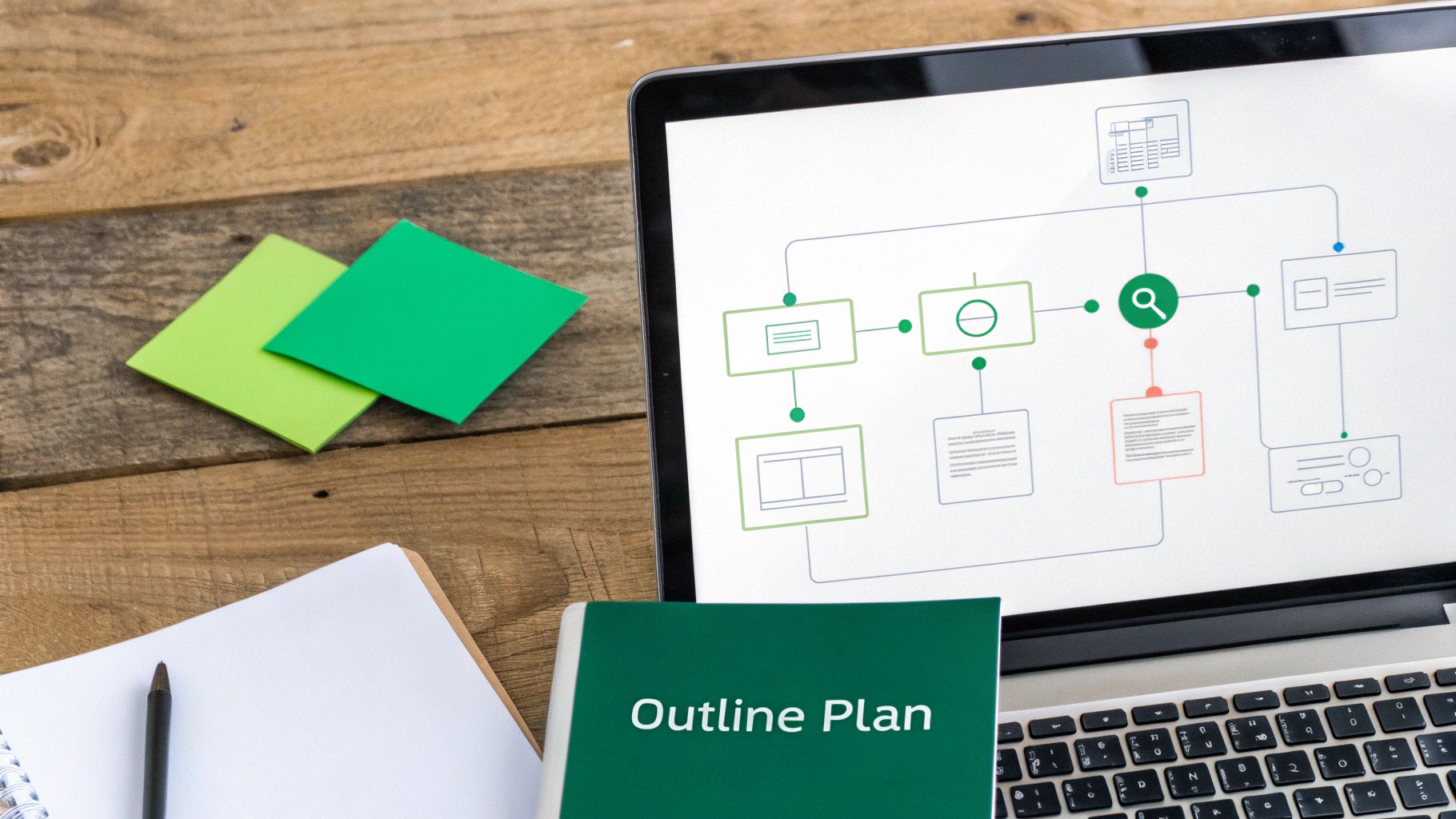Learn how to write technical documents with clear language and expert tips to boost user engagement. Click to discover more.

Technical documentation is often overlooked. Yet, it’s a critical component of a positive user experience. Effective technical documents bridge the gap between complex products and the people using them. This means guides, tutorials, and API references can significantly impact a product’s overall success. Smart organizations are realizing this, transforming technical content from a chore into a valuable asset.
Technical documentation is more than just listing features or explaining how things work. It’s about empowering users to successfully navigate and utilize a product. Imagine trying to assemble furniture without clear instructions. Frustrating, right? The same principle applies to software, hardware, or any product requiring user interaction.
This underscores the importance of clear, concise, and easy-to-understand documentation for user satisfaction. Good documentation also reduces the workload on support teams. By offering self-service solutions, companies can lower support costs and build stronger customer loyalty.
Technical documentation comes in various forms, each with a specific purpose. User manuals provide step-by-step product instructions. Tutorials guide users through learning experiences. API documentation, essential for developers, explains how to interact with a product’s programming interface. And reference guides offer in-depth information on particular functionalities.
Understanding these different types of documents is crucial for creating effective documentation tailored to a specific audience. This targeted approach allows users to quickly find what they need, enhancing their overall experience. You might be interested in: How to master technical documentation.
The best technical writers think like user experience (UX) designers. They anticipate user needs and identify potential pain points. Then, they structure information in a way that promotes easy understanding. They go beyond simply explaining what a product does; they focus on how users achieve their goals.
This user-centric approach ensures that technical documentation becomes an integral part of the UX, driving product adoption and satisfaction. The demand for skilled technical writers is growing. The Bureau of Labor Statistics projects that employment of technical writers will grow by approximately 7% from 2021 to 2032, exceeding the average for all occupations. This growth highlights the importance of technical writing across various industries, including IT, manufacturing, and healthcare. Learn more about the importance of technical writing here. This increasing demand underscores the power of well-written technical documentation to drive business success and user satisfaction.

Creating impactful technical documents takes more than just skillful writing. It requires a well-defined plan. This crucial pre-writing stage is what separates truly effective documentation from the rest. Just as an architect needs blueprints, a technical writer needs a clear roadmap. This section guides you through a practical planning process used by documentation professionals.
Before putting pen to paper (or fingers to keyboard), understanding your audience is essential. This means identifying their technical expertise, their goals for using the product, and any hurdles they might encounter. Are you writing for experienced developers or new users? This significantly impacts the language and detail of your documentation. A precise audience analysis reveals what users really need, not what you assume they need, forming the basis for useful and effective documentation.
Subject Matter Experts (SMEs) hold the in-depth technical knowledge essential for accurate documentation. However, they might not always be skilled at communicating this knowledge effectively. This is where targeted interviewing becomes invaluable. Asking pointed questions helps uncover hidden details and anticipate potential user difficulties. Furthermore, insightful SME interviews can reveal underlying assumptions about the product, filling crucial knowledge gaps. This extracted knowledge forms the core content of your technical documents.
After gathering the necessary information, organizing it effectively is the next critical step. Think of it as building a roadmap for your documentation. A well-defined information architecture ensures users can easily navigate and find the information they need. Like a well-organized library, your documentation requires a logical structure. This could involve grouping related concepts, building a hierarchical structure with headings and subheadings, or using clear navigation. This structure forms the backbone of user-friendly documentation, smoothly guiding readers through complex information.
The following table provides a comprehensive checklist to help you plan effectively:
Technical Document Planning Checklist: A comprehensive checklist to ensure you’ve completed all necessary planning steps before writing technical documentation
This checklist helps ensure that all crucial planning aspects are addressed before the writing process begins. By confirming the completion criteria for each step, you establish a solid foundation for creating effective documentation.
By following this blueprint, you create technical documents that are not only informative but also highly effective. This empowers users to successfully use your product, ultimately contributing to its overall success. This structured approach results in documentation that is clear, concise, and easy to navigate, maximizing user value. This, in turn, can reduce support requests and boost user satisfaction. Effective planning is the cornerstone of effective technical documentation.

Effective technical documentation balances detailed information with accessibility for its target audience. This involves transforming complex ideas into clear, concise explanations. Skilled technical writers focus on the art of writing itself, carefully structuring sentences, using jargon appropriately, and presenting information strategically.
Technical writing prioritizes clarity over complex vocabulary. Each sentence should guide the reader, acting as a step towards understanding. Short, focused sentences are more effective than long, winding ones.
For example, instead of writing, “The utilization of the aforementioned procedure is contingent upon the successful completion of the prior steps,” write, “Complete the previous steps before using this procedure.” This directness eliminates ambiguity and improves comprehension. Active voice further enhances clarity by identifying the actor performing the action.
Jargon, specialized terminology within a field, can be both helpful and harmful. Consider your audience. Jargon is efficient among experts but confusing for beginners.
Therefore, use jargon strategically. Define unfamiliar terms clearly. Include a glossary or parenthetical definitions to improve accessibility for a wider audience.
Progressive disclosure is a key technique in effective technical writing. It involves presenting information in layers, starting with essential details and gradually revealing more. This prevents information overload.
For example, software documentation often begins with a quick start guide for basic functions. More detailed guides and API references are then available for advanced users. This tiered approach tailors information to different skill levels. Read also: How to write detailed code documentation. This layered approach enhances user experience and promotes deeper understanding.
Clarity is paramount in technical writing. Readability, how easily users comprehend the information, is crucial. The language used should match the audience’s reading level and technical expertise.
Readability metrics, such as the Flesch Reading Ease and the Flesch-Kincaid grade level, provide measurable ways to assess comprehension difficulty. These metrics ensure the writing aligns with the intended audience’s skill level. Explore this topic further here.
To illustrate the importance of readability metrics, consider the following table:
Readability Metrics for Technical Documents Comparison of common readability metrics and their implications for different types of technical documentation
The table above shows how different readability metrics can be applied to various types of technical documents, aiming for specific target scores depending on the intended audience.
By focusing on clear sentence structure, judicious jargon use, and progressive disclosure, technical writers ensure clarity. This focus on user understanding elevates the value of technical documentation and creates a positive user experience. Combined, these strategies achieve a balance of detail and accessibility.

Creating clear technical documents involves more than just good writing. Even the most well-written content will be ineffective if users struggle to find the information they need. This highlights the importance of document structure. This section explores how to create documentation that aligns with how readers consume technical information.
Readers rarely read technical documents cover-to-cover. Instead, they scan, search, and skip around. A well-defined information architecture is crucial. Think of this as the blueprint of your document. It guides users, allowing them to quickly find what they need. A logical structure and clear navigation significantly improve user satisfaction and task completion.
Our brains process information more easily in smaller pieces. This concept, called chunking, is essential for technical writing. Break down complex topics into smaller sections with descriptive headings.
For instance, instead of a large block of text explaining software installation, break it into steps like “Downloading the Software,” “Installing Dependencies,” and “Configuration.” This gives the reader mental breaks, improving understanding and reducing cognitive overload. It also makes finding and retaining information easier.
Headings guide readers through your document. Using a hierarchical structure with main headings (H2), subheadings (H3), and so on, provides a clear content pathway.
This hierarchy functions like a map. Just as a map helps you navigate a city, a structured heading hierarchy guides readers through complex technical material. This allows them to understand the relationships between sections and quickly find what they’re looking for.
Technical documents often serve users with different levels of expertise. Progressive disclosure is a helpful technique for handling this. It involves layering information.
Start with the most important information, then gradually provide more details. This can be done through expandable sections, links to additional resources, or appendices with advanced information. This way, beginners aren’t overwhelmed, and experts can still access the details they need.
Technical readers often search for specific information quickly. Scannable content is essential. This means using:
Visuals in technical documentation shouldn’t be mere decorations. They should serve a strategic purpose, transforming complex information into easily digestible content. This section explores effective visual communication in technical writing, focusing on how diagrams, screenshots, and flowcharts can enhance user understanding.
Different visual formats excel at communicating different types of information. Diagrams are ideal for illustrating relationships between components or systems. Imagine a diagram showing the architecture of a software application. Screenshots, on the other hand, perfectly capture what users should see on their screens during a specific step. Finally, flowcharts clearly depict the steps in a process or workflow.
Selecting the appropriate format is key to maximizing clarity. Using a flowchart to show the components of a machine wouldn’t be as effective as a diagram. Similarly, a screenshot wouldn’t clearly illustrate a complex decision-making process as well as a flowchart.
Visuals should add value, not clutter. Consider these best practices:
The impact of effective visuals can be significant. In one documentation project, incorporating clear diagrams of a software installation process led to a 20% reduction in support tickets related to installation issues. Before the visuals, users often struggled with ambiguous textual instructions. The diagrams transformed the process into a clear, easy-to-follow sequence.
In another example, adding screenshots to a hardware product’s user manual led to an increase in first-time user success rates. The visuals provided immediate clarity. These examples demonstrate how thoughtful visual elements can directly improve user outcomes and reduce support costs.
Visuals can also contribute to the narrative flow of your technical documents. A well-placed visual can communicate a technical concept far more memorably than text alone. Visual storytelling techniques can involve creating a series of diagrams that explain how a complex system works.
Using visuals as storyboards for a technical process, combined with clear and concise captions, helps create a compelling and easy-to-understand narrative. This approach caters to the human brain’s preference for visual learning, drastically improving retention.
By treating visuals as essential elements rather than decorative additions, you can transform your technical documents into truly valuable resources. This strategic approach improves understanding and contributes to a more positive and efficient user experience. Remember, the goal is to enlighten, not just decorate.
Creating excellent technical documentation is rarely a solo endeavor. It’s a team sport. This section explores how successful documentation teams collaborate effectively, gathering essential input without getting lost in a sea of revisions. We’ll examine practical techniques for streamlining feedback and ensuring consistency across multiple contributors.
Subject Matter Experts (SMEs) hold the key to accurate technical documentation because they possess deep technical knowledge. However, these experts are often busy and may not have the time or writing skills to create documentation themselves. The solution? Efficiently extract their valuable insights.
Feedback is crucial for refining technical documents. However, unstructured feedback can create confusion and wasted effort. How can you make feedback sessions truly productive?